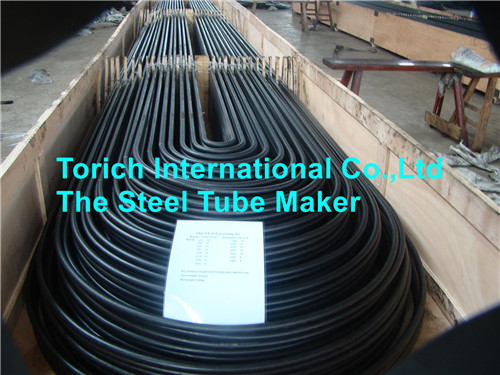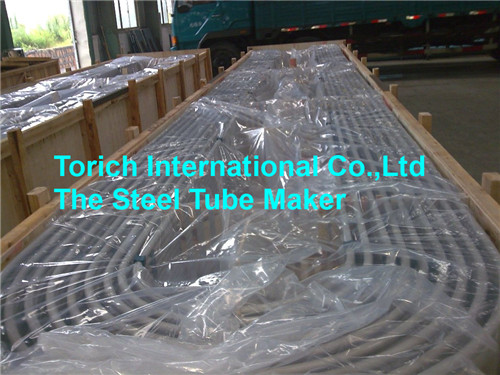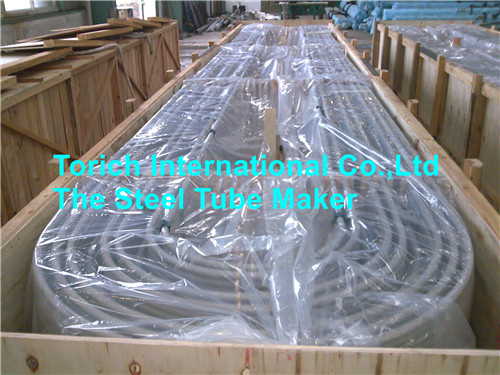U Bend Tube are produced by bending from straight steel tubes,so,is also called U Bend Steel Tube,and with length over 12000mm.
and are commonly used in heating or cooling process fluids and gas,.
Material:
Stainless Steel
Duplex Stainless Steel
Carbon Steel
Alloy Steel
Applications for:
Boilers
Shell & Tube Heat Exchangers
Heat Exchangers
Cooling Systems
Cold Condensors
Condensor Steam




U Bend Tube
U Bend Tube,Steel U Tube,U Bend Pipe,Heat Exchanger U Tube,U Bend Steel Tube
Torich International Co.,Ltd--The Steel Tube Maker , http://www.chinasteeltubepipe.com